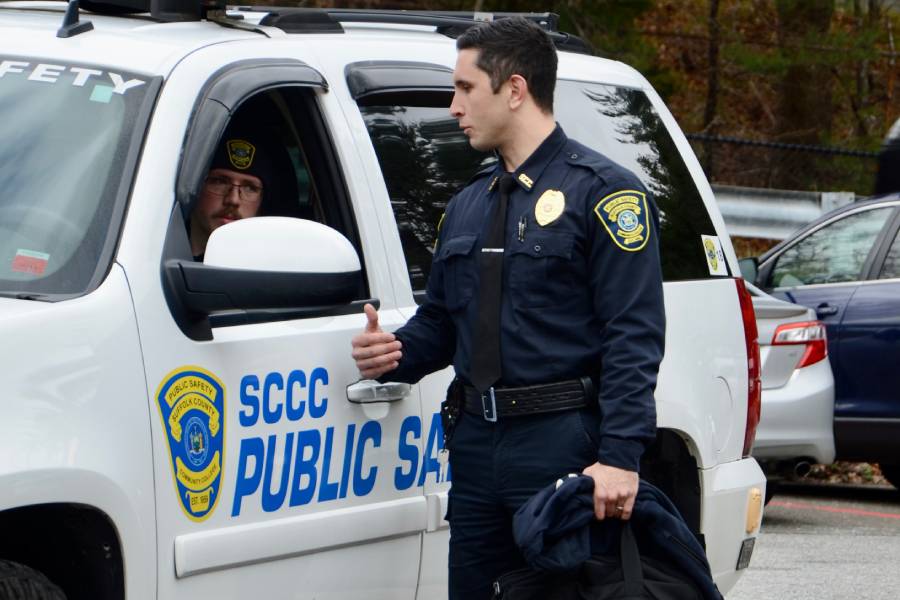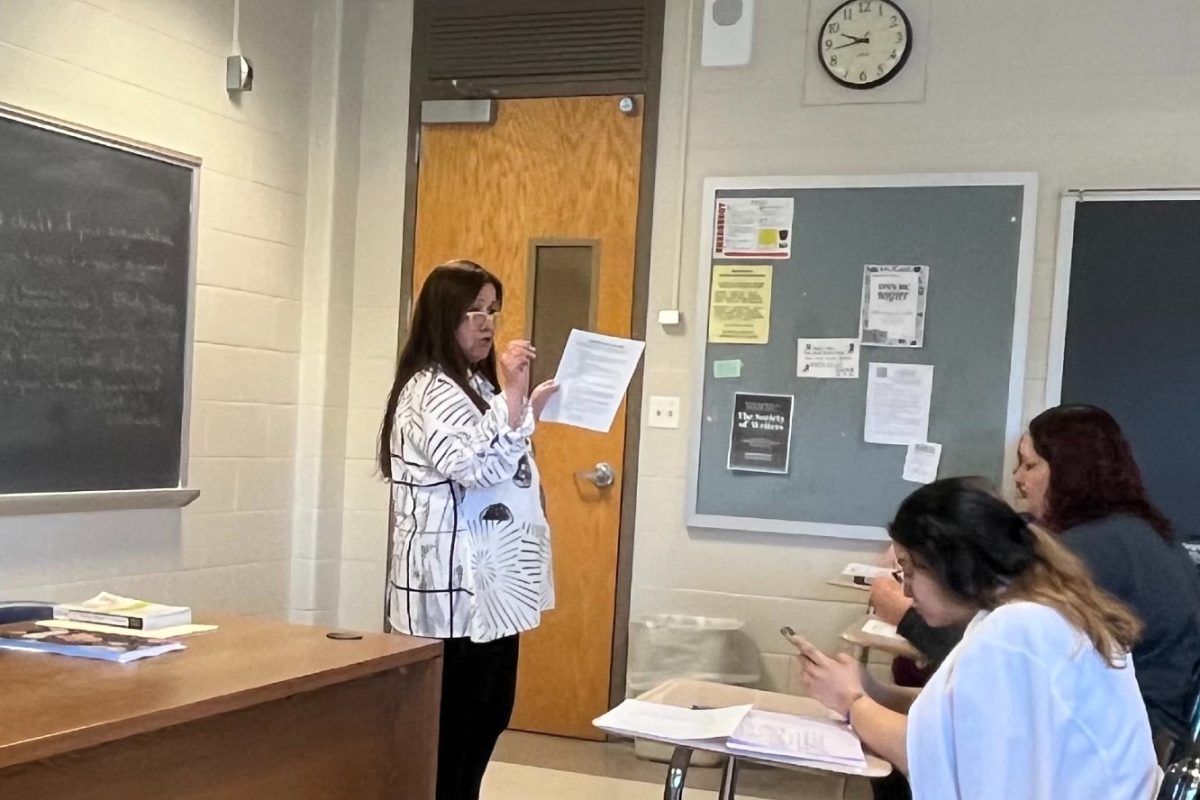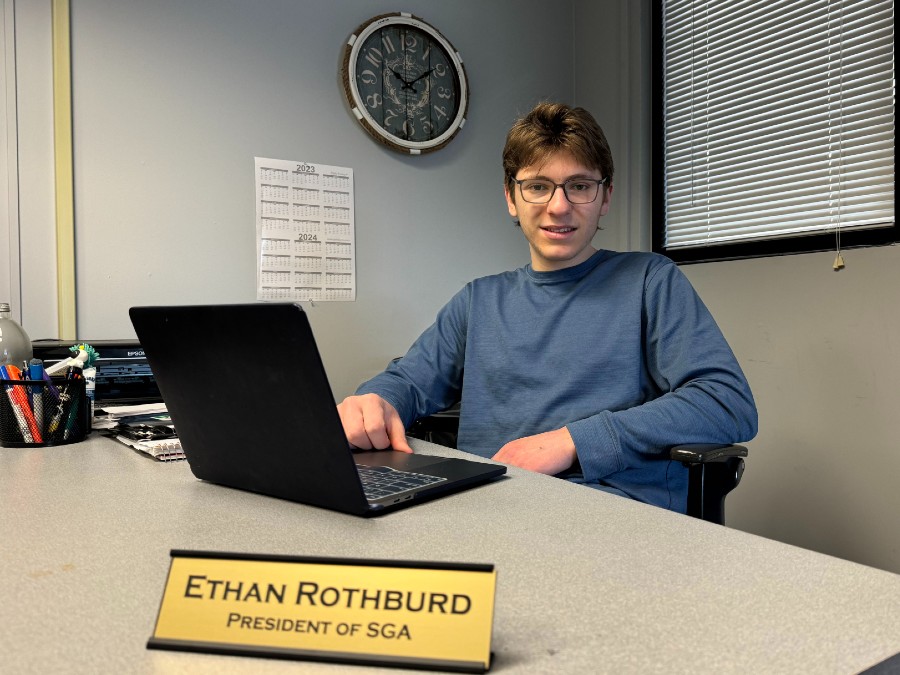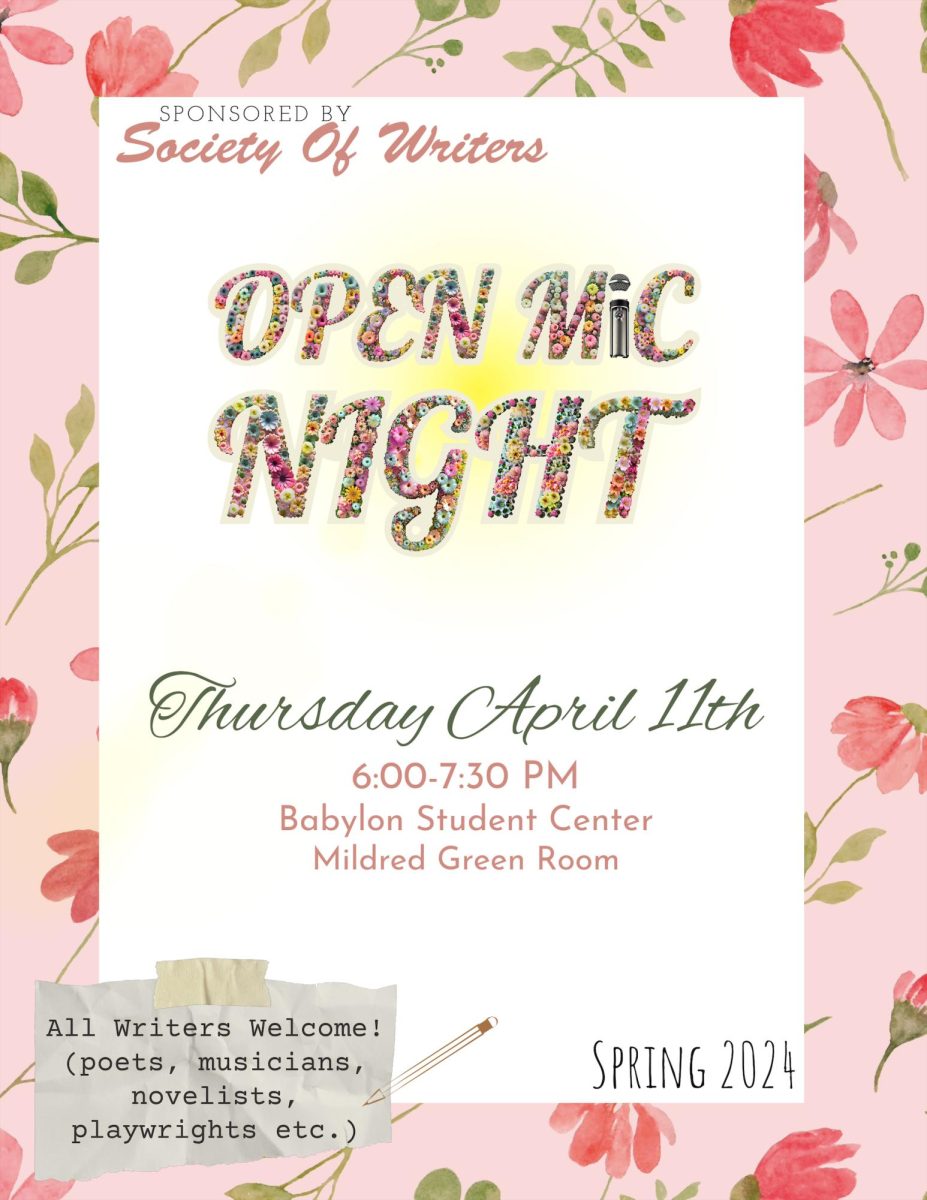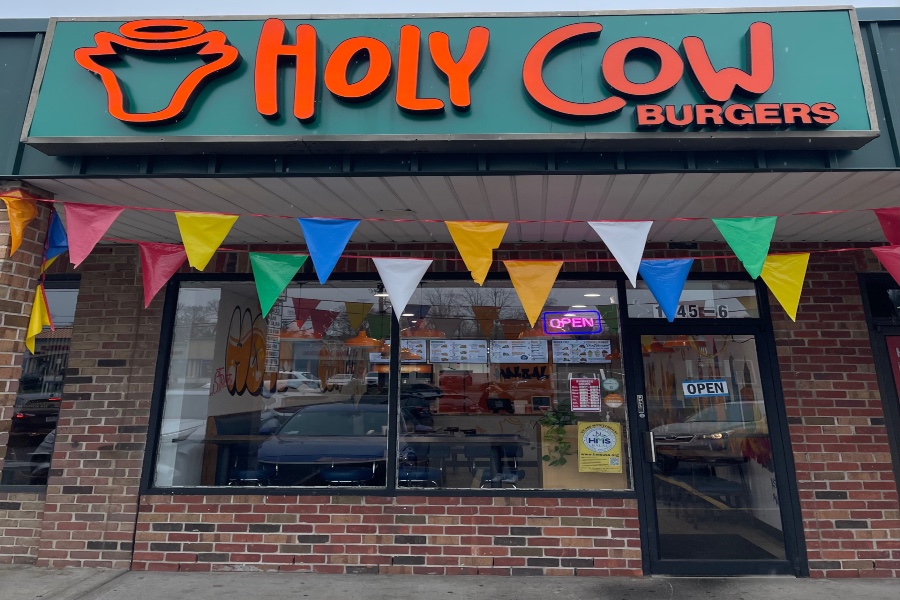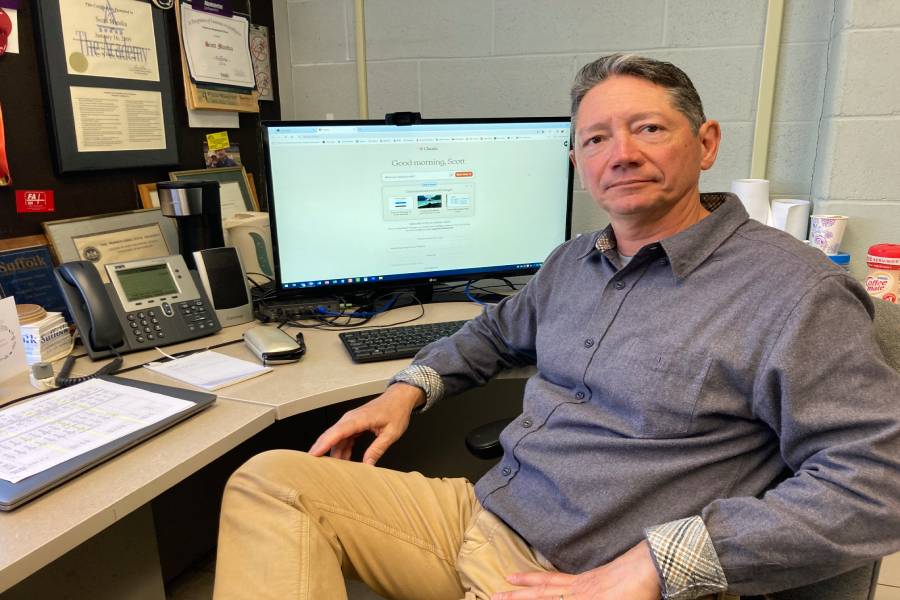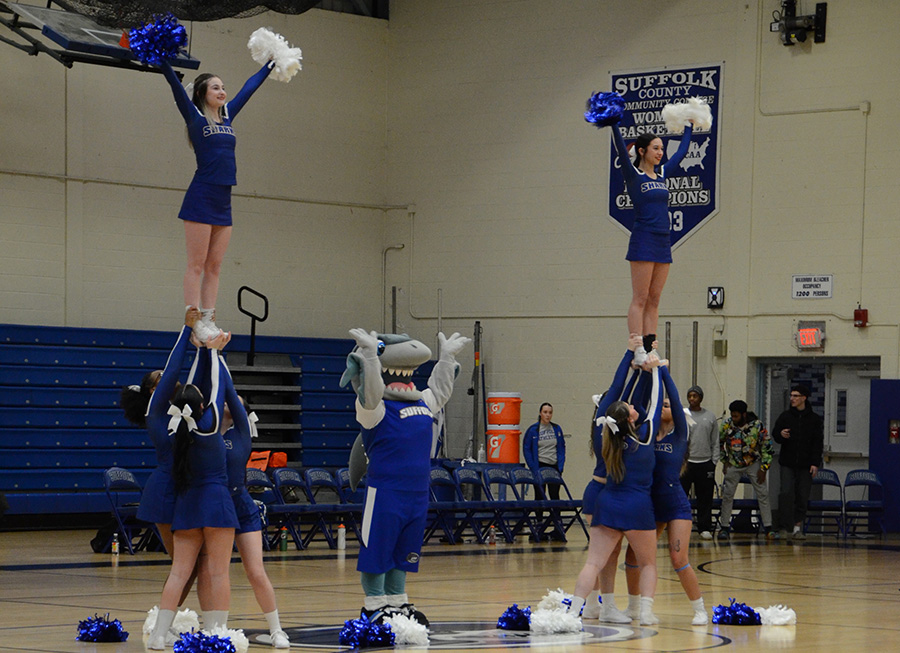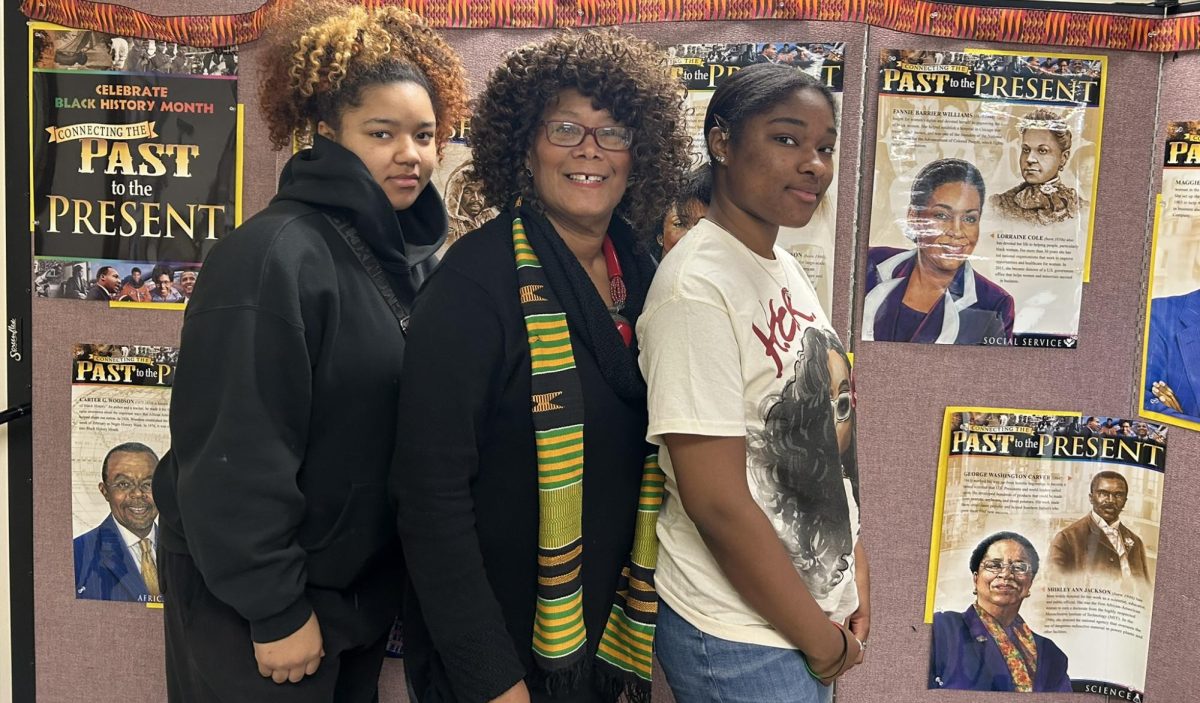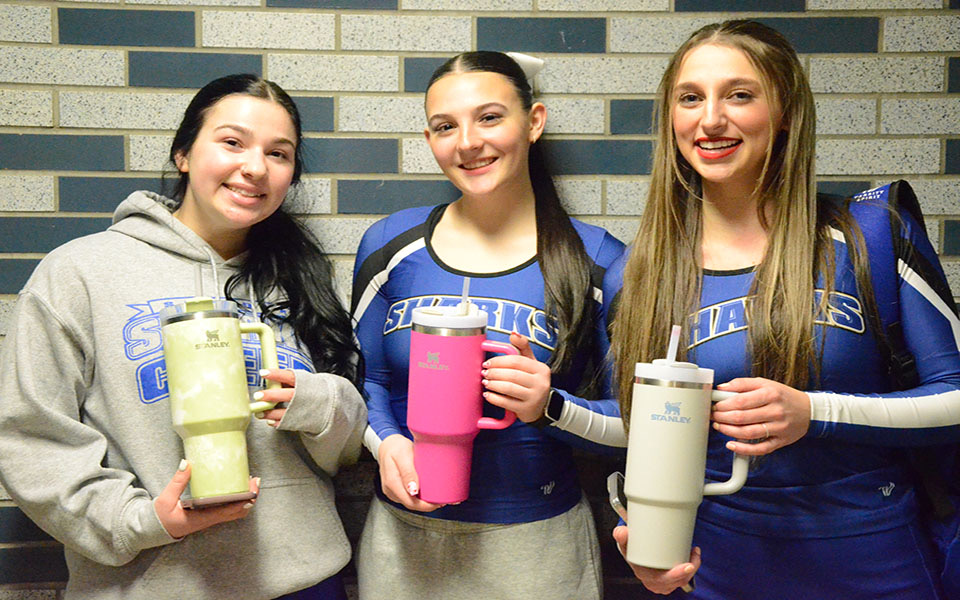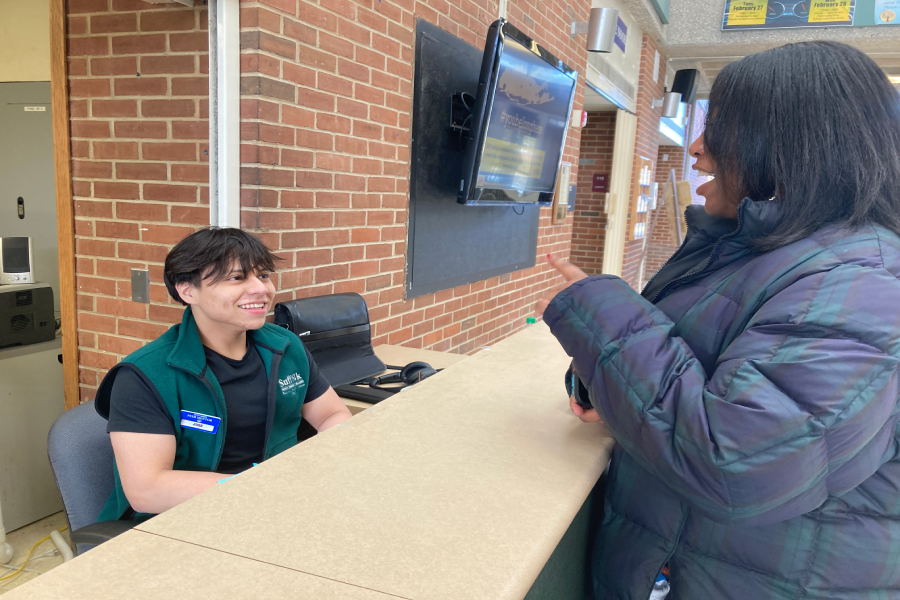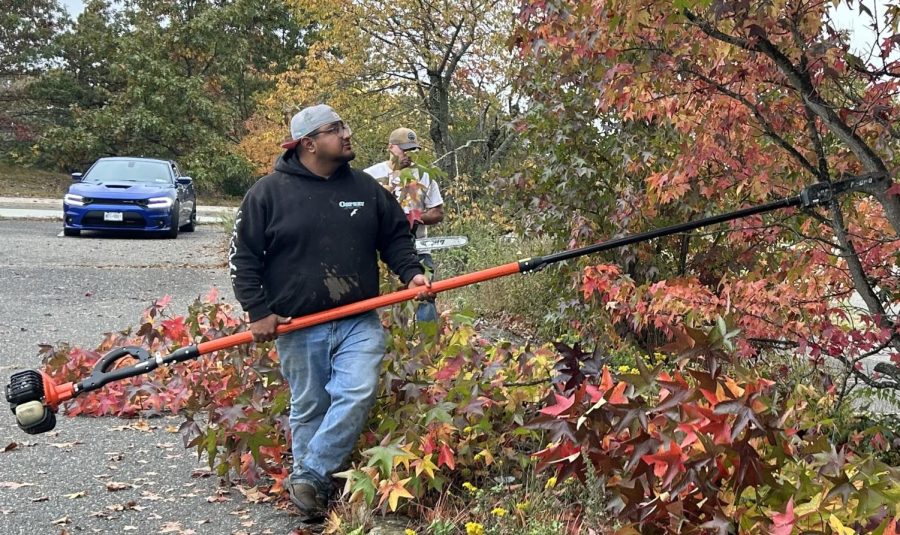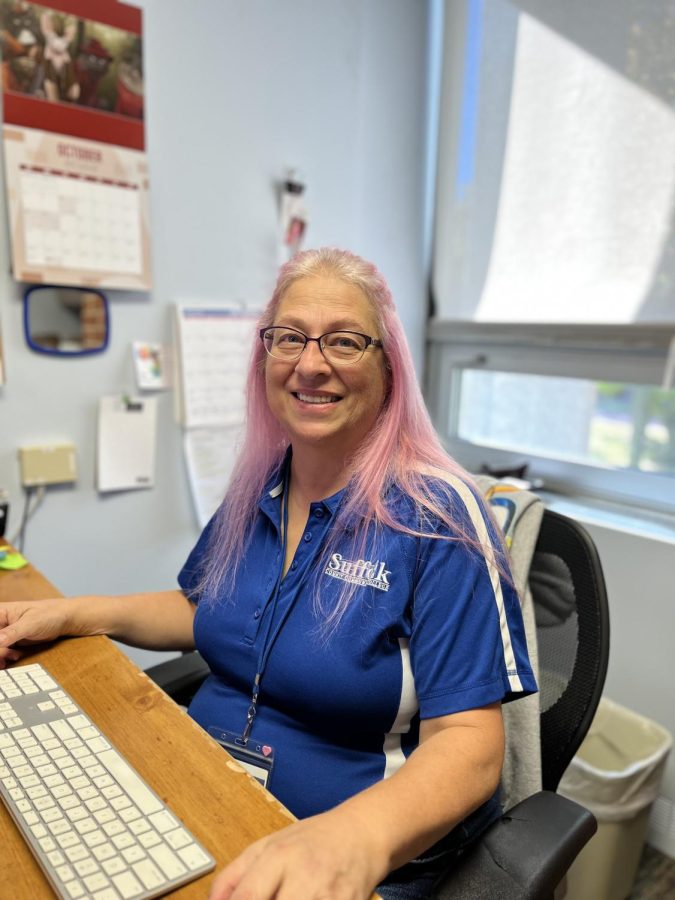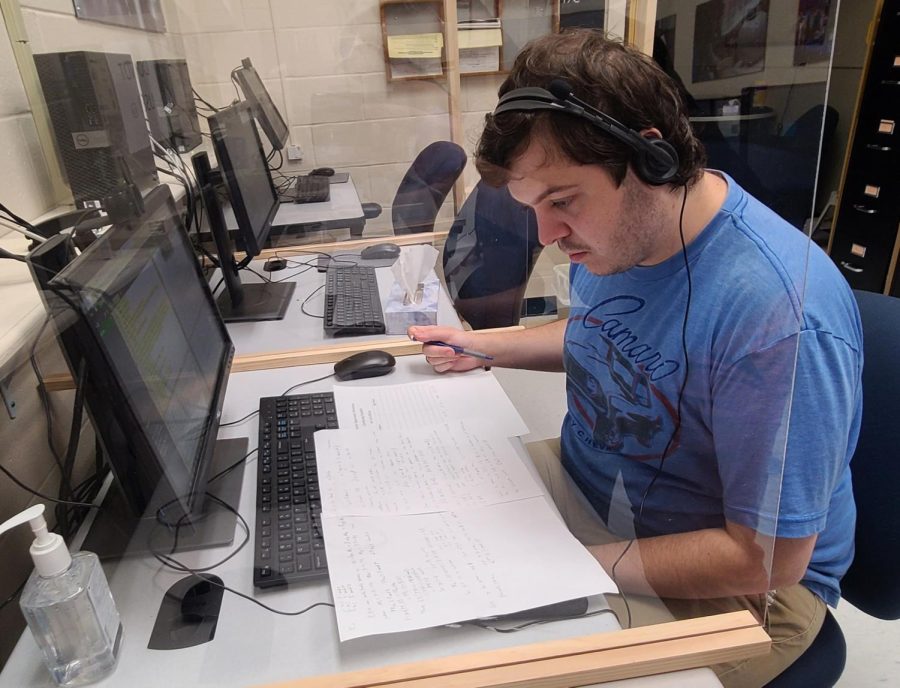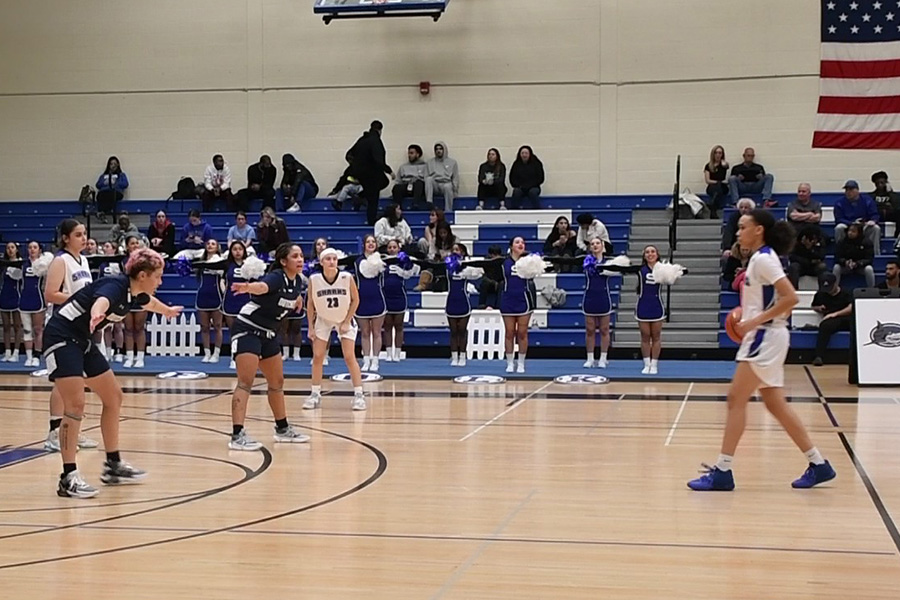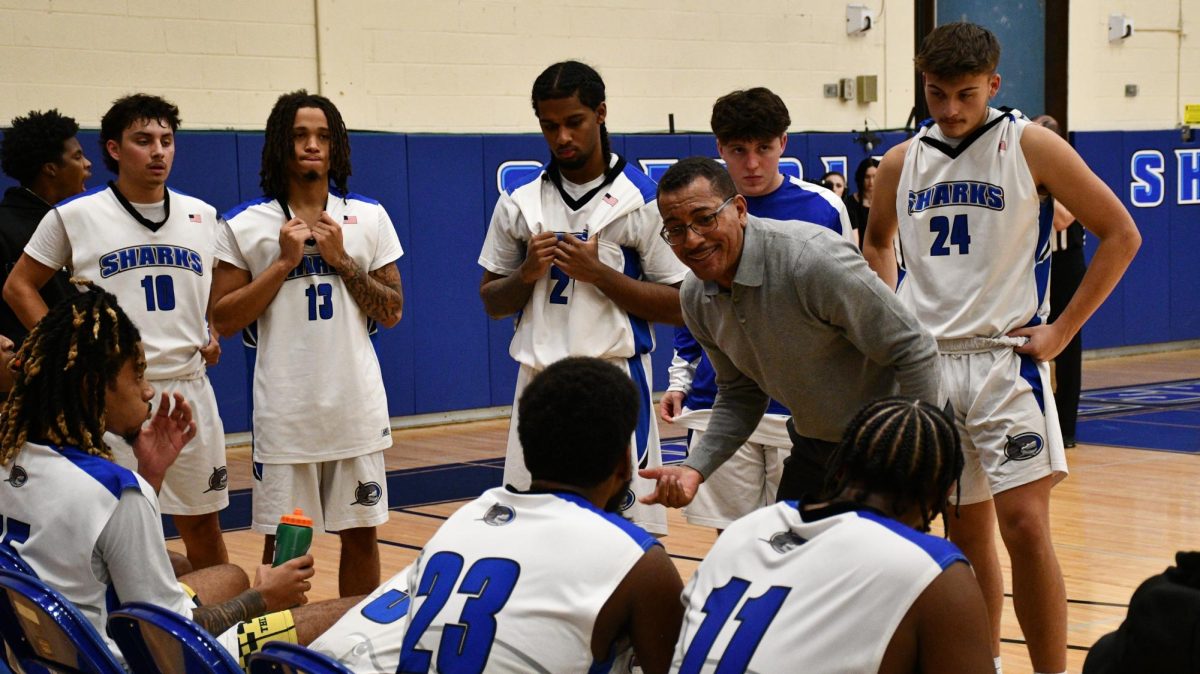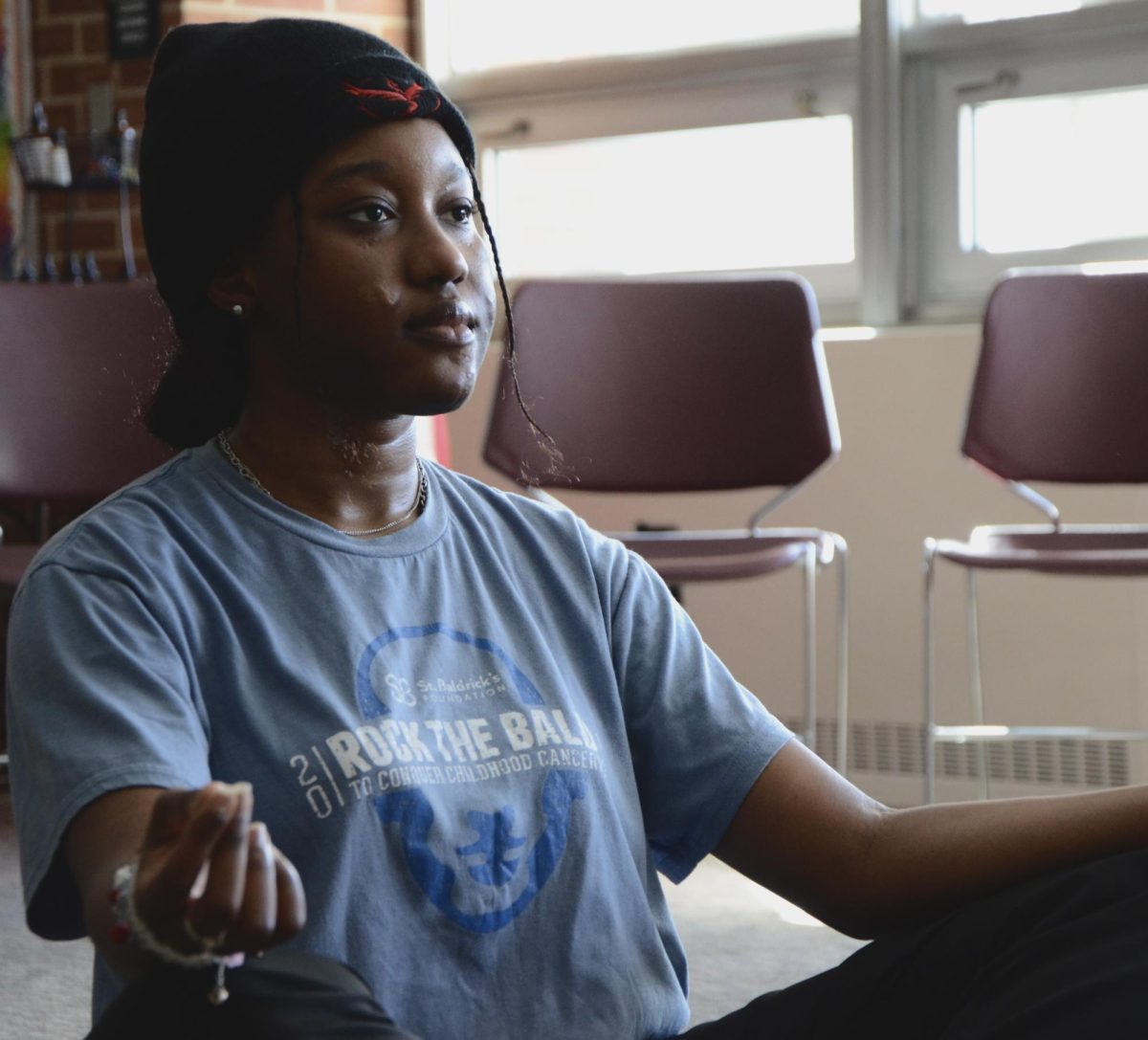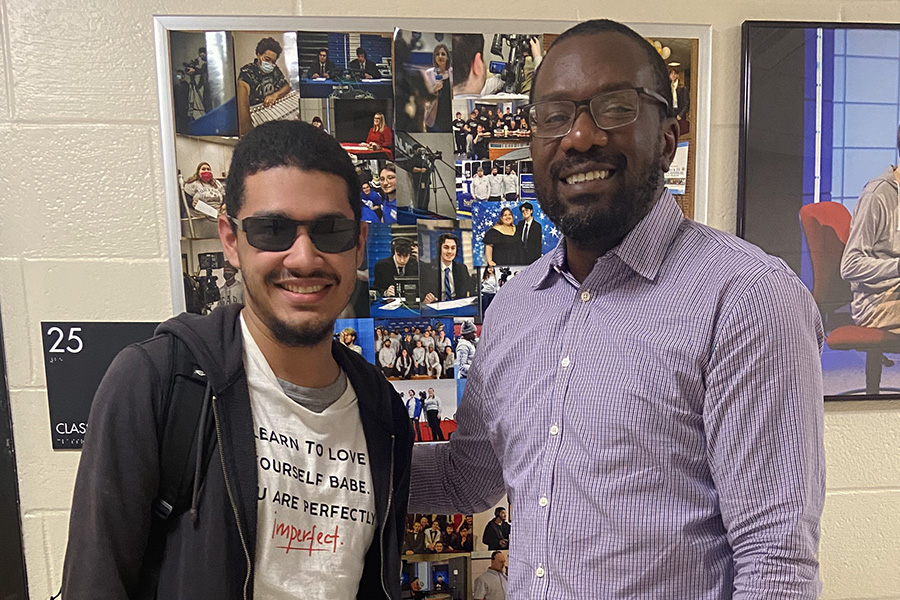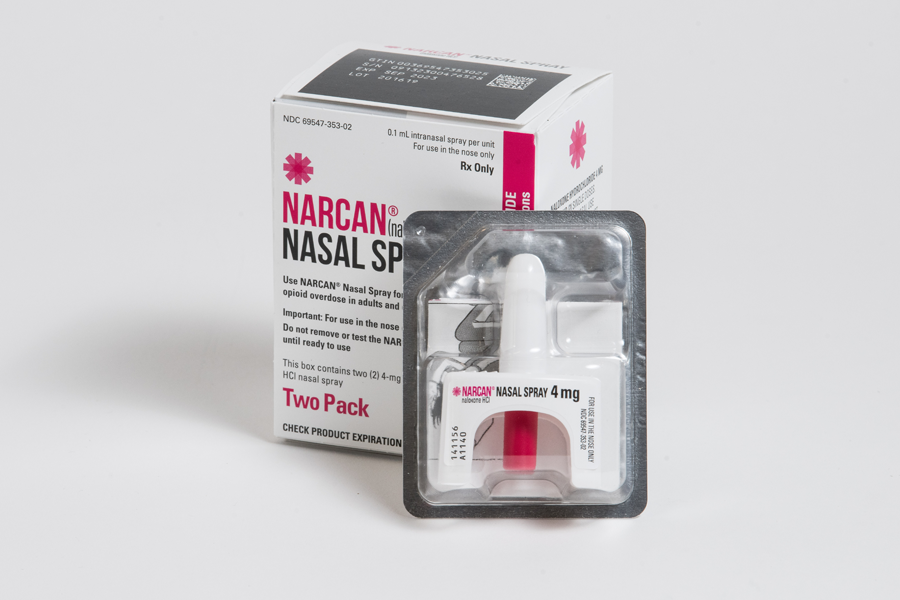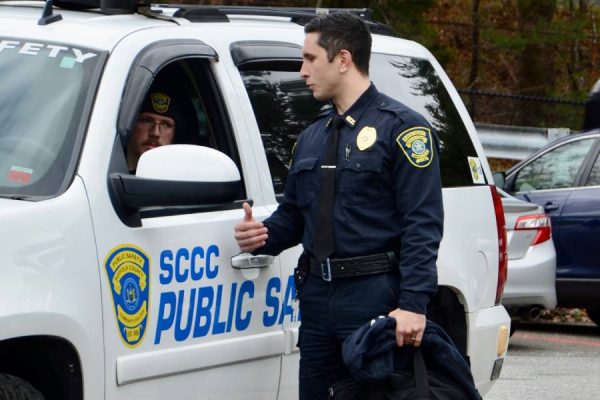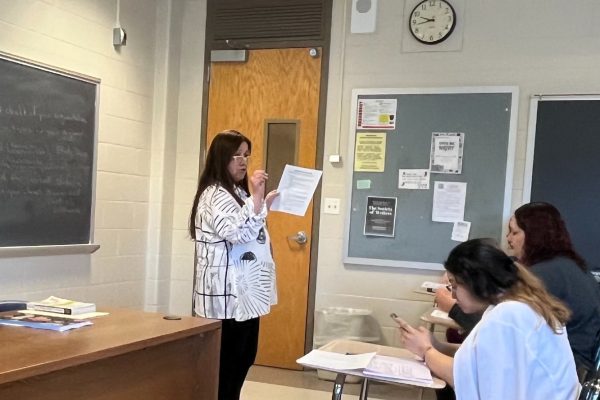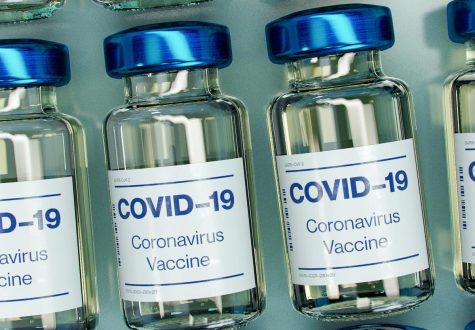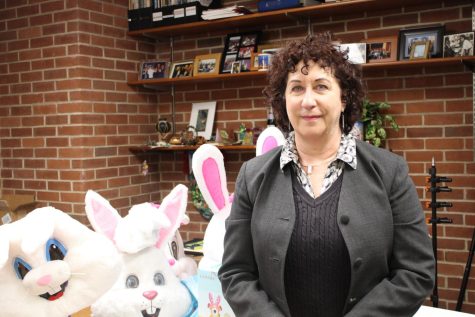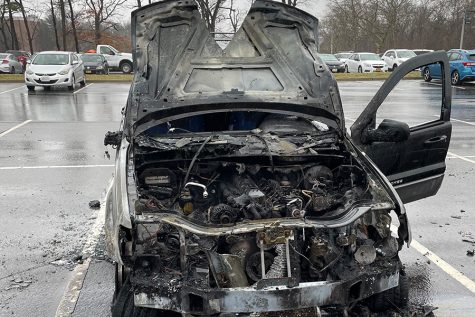67 at SCCC Trained in Narcan Administration
In 2021, there were 415 deaths on Long Island caused by opioid overdoses. That is 70 more than in 2019 with 345 fatal encounters with opiates.
There were 16,011 narcan administrations reported electronically by Emergency Medical Services (EMS) agencies during 2020. This was a 27.6% increase from 12,552 administrations in 2019.
May 4, 2022
The 2021 New York State Opioid Annual Report highlighted an alarming statistic: Suffolk County had the highest rate of overdose deaths involving any opioid in New York state.
Opioid overdose mortality has increased significantly and a large amount of these deaths involve Fentanyl: a potent synthetic opioid that is 50-100 times more potent than morphine. This means Fentanyl is more lethal because it is fast-acting, therefore people overdose and die quicker.
“There’s something new that has been happening on Long Island in the past year, and that is fentanyl being cut into the supply of other drugs that aren’t opiates,” said Tina Wolf, the executive director of the Community Action for Social Justice, or CASJ. “The new category of people we’re focusing on is people that are using drugs recreationally or drugs that they don’t even know to be opiates such as cocaine, crack, or Xanax.”
In direct response to this statistic, the SCCC Addiction Studies Department, the Brentwood Community, and the SCCC Coalition sponsored the Narcan Overdose Rescue Training. This training was a Zoom conference that took place on April 13 and was hosted by Kathleen Flynn-Bisson, the SCCC addictions studies prevention coordinator, and Anthony Parisi, a harm reduction coordinator for CASJ.
“For the past 5 years, I was hired under a grant. Part of that prevention grant was to educate the Brentwood campus in particular, just because that’s where that grant was rewarded, about alcohol and other drug education,” Flynn-Bisson said. “We are educating the community by hosting seminars and doing training with faculty and staff.”
During the meeting, Parisi explained what an opioid overdose is, the risk factors that lead to an overdose, and how an individual should respond if they see someone exhibiting the signs of an overdose such as being non-responsive, gurgled breathing, and bluish lips. Most importantly, they explained what Narcan is and how it should be used.
Narcan, or Naloxone, is an opiate antagonist, meaning that its only effect is to disrupt the effect of opiates on the body’s receptors. It is administered via nostril spray and will not negatively affect an individual if Narcan is used on them and they aren’t overdosing from opiates.
“Let’s say you’re at a block party and someone’s unconscious with their lips turning blue, without a question you can administer Narcan-and if it happens to be alcohol poisoning, nothing’s going to happen,” Flynn-Bisson said. “That’s the part that’s amazing about Narcan, it saves lives and there’s no high risk in taking it.”
Narcan training programs, such as the Narcan Overdose Rescue Training, both educate and teach how to safely administer Narcan. This is why degree paths such as nursing heavily push for their students to be Narcan certified, like Lynsey Andres, a 28-year-old nursing student who became Narcan certified two weeks ago at SCCC.
Drug abuse is really high in Long Island and in New York as a whole. It’s important for people, and even small businesses like restaurants, to receive Narcan training so that we can prevent future deaths
— Lynsey Andres
“Drug abuse is really high in Long Island and in New York as a whole. It’s important for people, and even small businesses like restaurants, to receive Narcan training so that we can prevent future deaths,” Andres said.
These programs also debunk myths and misconceptions about Narcan and its uses by demonstrating its easy-to-use methods.
“I did not know we could administer Narcan via inhalation of the nose. I thought it was just an injection through the muscle,” Andres said.
The prevention grant not only encompasses Narcan training programs but also allows students to be certified as Credentialed Alcoholism and Substance Abuse Counselor (CASAC) or a Certified Peer Recovery Advocate (CRPA) to either participate or counsel those who suffer from addictions. However, the program at Suffolk could be coming to an end this June.
“Unfortunately, this grant is ending June 30th and we’re in the process of fighting to continue our work,” Flynn-Bisson said. “We’re crossing our fingers that I’m able to keep this position and the work I’ve done to continue this outreach and education.”
